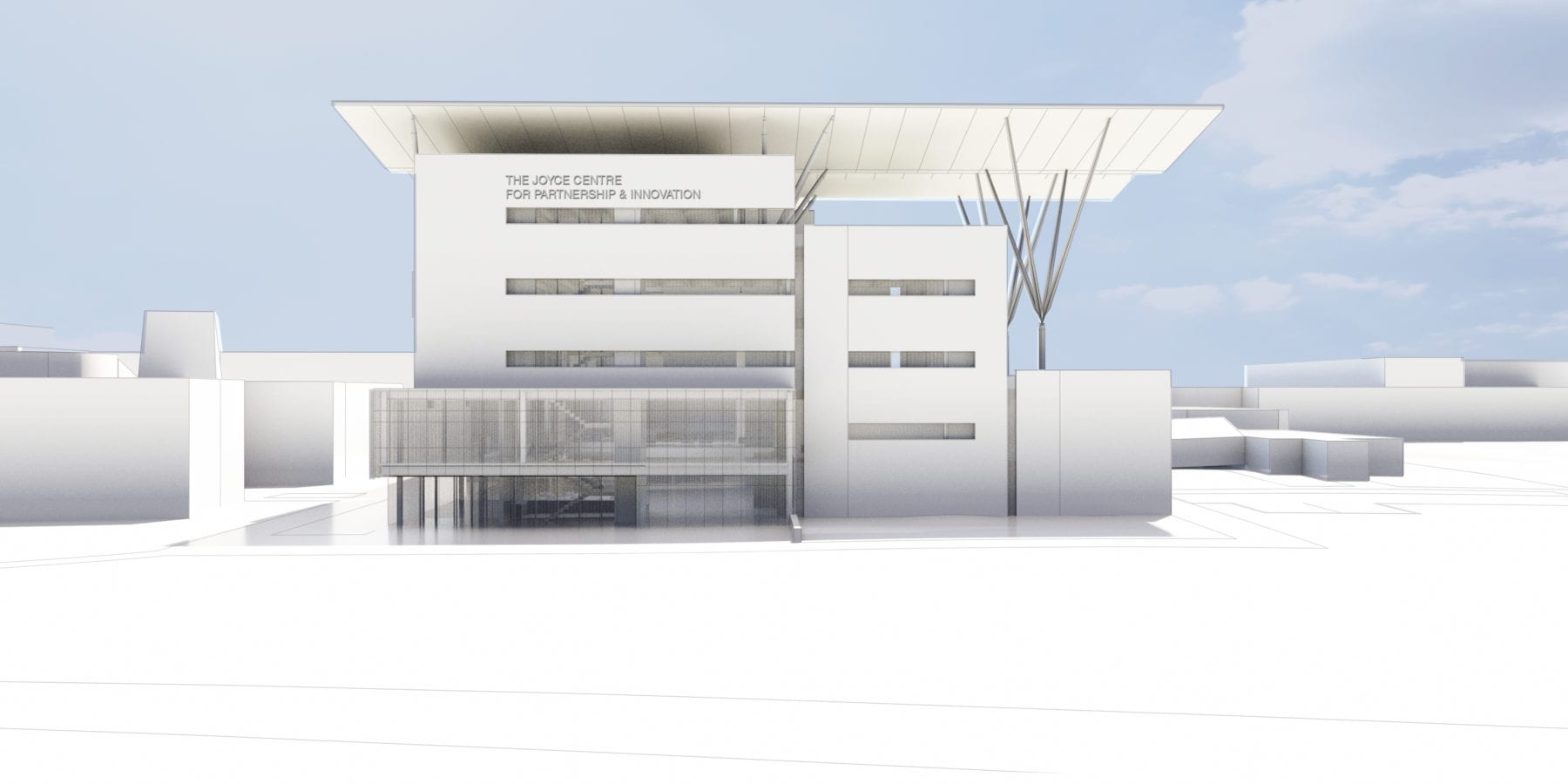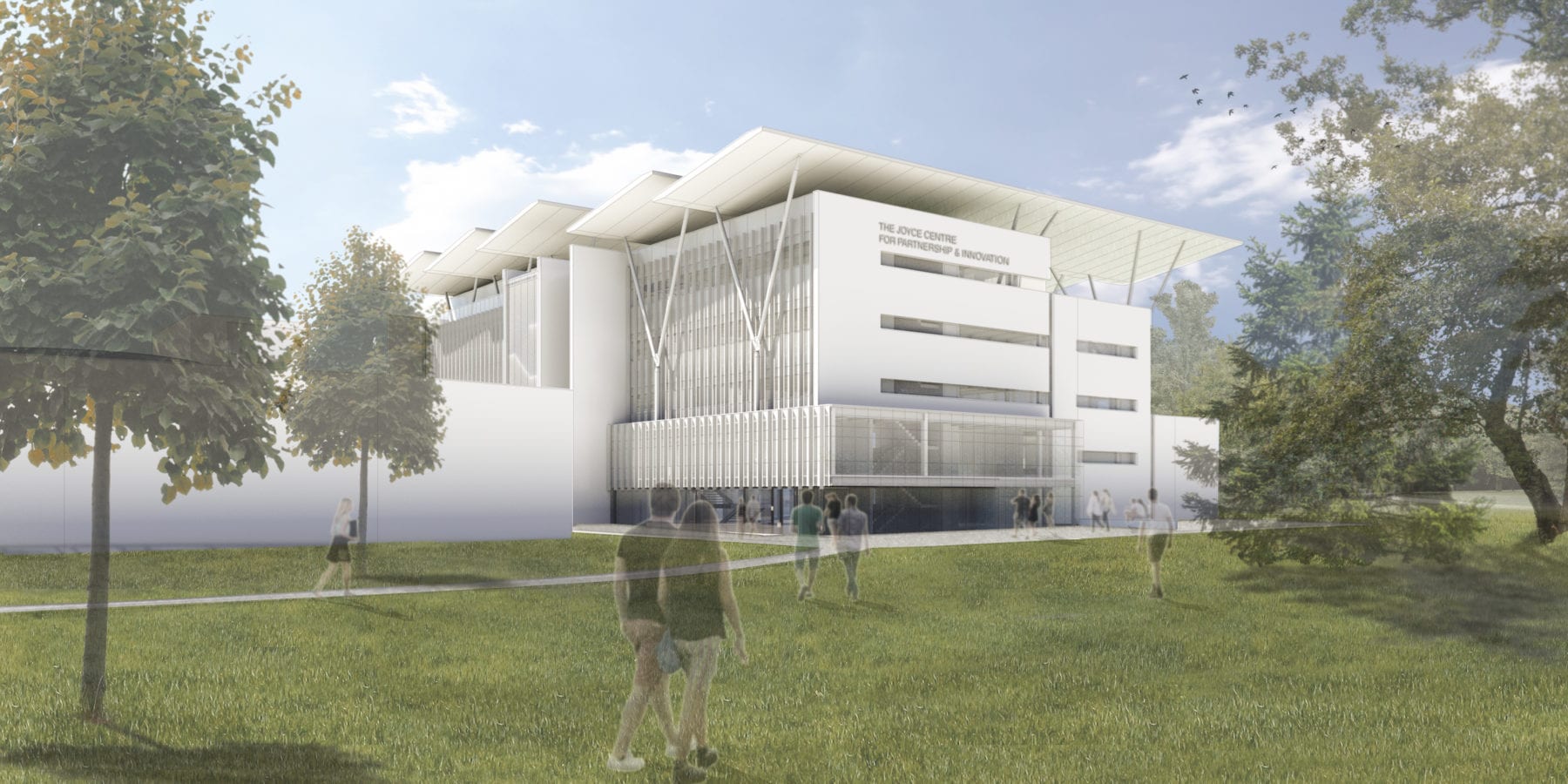“So, what’s next?”
This question has been posed to me not once, but twice over the last few weeks—both times by clients. It’s the type of question that can make you freeze up as you rack your brain and hope that you can answer with something profound and interesting. It isn’t an easy question to answer, but it is an important one.
The Next Frontier in Energy-Efficient Building Design
Last week the Canadian Green Building Council (CaGBC) announced what was next with the publication of their Zero Carbon Buildings Framework. This framework, for which RDH was a consulted stakeholder, outlines the CaGBC’s vision for developing a Zero Carbon certification system. Key components of the framework include the use of net carbon emissions as the primary building performance metric, and the reporting of both total site energy intensity and embodied carbon. Threshold metrics have not yet been established; however, the framework suggests that the evaluation will have a minimum cut-off performance less stringent than net-zero, yet still requiring significant performance be achieved. Like LEED the framework it will be a design metric, and offers the next step in green building design.
Not that LEED is going anywhere—the widely-accepted standard continues to offer valuable guidelines for energy efficient buildings—but the World Green Building Council and CaGBC have recognized that “net-zero” is the next frontier in green building; the “wild west” if you will, with few strict definitions of what exactly “net-zero” is.
Defining “Net-Zero”
Some new building projects touting the label of “net-zero” have been built to a standard only slightly better than code, with renewable energy credits (RECs) purchased as a financial salve, and the project declared a success. Others are based on business-as-usual designs with biomass or other combustion energy sources. Without a standardized definition, the meaning of “net-zero” can change from building to building. Just a few days ago I attended a client meeting for a new project that enticed RDH to be there with a declaration that they wanted the project to be “net-zero.” The first question I asked at that meeting: what is your definition of “net-zero”?
For this project, the team accepted a rigorous definition of “net zero” whereby a “net-zero building” refers to a building with zero net site energy consumption. To do this, the total amount of site energy used by the building on an annual basis needs to be compensated for through the production of renewable energy on-site. There are, of course, many different ways to achieve net-zero, even with this definition. Given enough money and space on the site, you can just purchase as many renewable energy systems as needed to offset the energy consumption of a building built to the minimum energy code requirements.

Conceptual rendering of Mohawk College’s Joyce Centre for Partnerships
Working Toward Net-Zero the “Right Way”
In April 2016, RDH Building Science was asked to join the McCallum Sather/B+H Architects joint venture team for the new Joyce Centre for Partnership and Innovation at Mohawk College. As the sustainability and energy modeling partner, RDH fully participated in the schematic design process with respect to enclosure, HVAC, and lighting design.
Before any work was done, the project team decided that if we were going to aim for net-zero, we needed to do it the “right way.” This meant taking an enclosure-first approach and starting with a building designed for the lowest level of energy consumption possible then exploring opportunities to compensate for the remaining consumption through on-site, renewable energy generation. At the inaugural design meeting, a maximum annual energy use intensity (EUI) target of 75 ekWh/m²/year was agreed upon, and the design process began with RDH leading the charge with preliminary energy modeling, used to determine possible solutions to achieve the target EUI.
Designing a Net-Zero Building
From the beginning of the design process, a very strong enclosure was a given—one that would enable the choice to use nearly any heating and cooling system. For the team at RDH, this means an effective overall combined window/wall R-value of at least R-10 (RSI-1.8). For this project, this equated to a window-to-wall ratio of approximately 35%, R-7 super-performance triple-glazed windows, and R-25 opaque walls. This combination achieves our targeted overall effective R-value of R-10. The roof was to be R-40.
With the enclosure selected, we turned our attention to selecting an HVAC system. A number of systems were investigated—all variants of a dedicated outdoor air system (DOAS)—and it was quickly realized that given the ability of the high-performance enclosure to manage environmental loads, all of the investigated HVAC systems performed inside of narrow EUI band that ranged from 88 to 67 ekWh/m²/year making them all viable options, given the high-performance enclosure. Eventually, a water-cooled variable refrigerant flow (VRF) system was chosen, coupled to a geo-exchange well field.
At the end of the schematic design process, the energy model demonstrated an EUI of 71 ekWh/m²/year, surpassing our internal target of 75 ekWh/m²/year. To compensate for this consumption and bring the building’s net energy use to zero, a 700 kWp photovoltaic array and a small solar thermal array providing service hot water were implemented. The photovoltaic system is currently budgeted at less than 5% of the total building construction budget.
The First of Its Kind
The Joyce Centre for Partnership and Innovation at Mohawk will be a pilot project under the new CaGBC program, and, along with our partners in the McCallum Sather/B+H Architects joint venture and the team at Mohawk college, RDH is very pleased to be participating in this inaugural project.
The project details design stage has now begun and the building is moving along as planned, though our team’s involvement won’t end with construction. In addition to our earlier stage consulting, RDH will be providing measurement and verification services over the first two years of the building’s operation to better understand how the building is performing and to potentially inform operating improvements.
So, what’s next?
For the team at RDH, what comes next is a knowledge sharing process—something we’ve been engaged in for some time now. Our team is finding ways to disseminate and communicate the essential elements of cost-effective, super high-performance buildings across the industry; demystifying the “how” when it comes to reaching our green building goals.
A piece of this, of course, is our work with the CaGBC in the development of their Zero Carbon Buildings Framework. Though the definition for “net-zero” may still be in flux, with the CaGBC framework in place, we’ve taken a large step toward defining the thresholds for this type of performance, and if we can do that, we can begin to implement design solutions to meet—and exceed—these thresholds. That’s what’s next.



